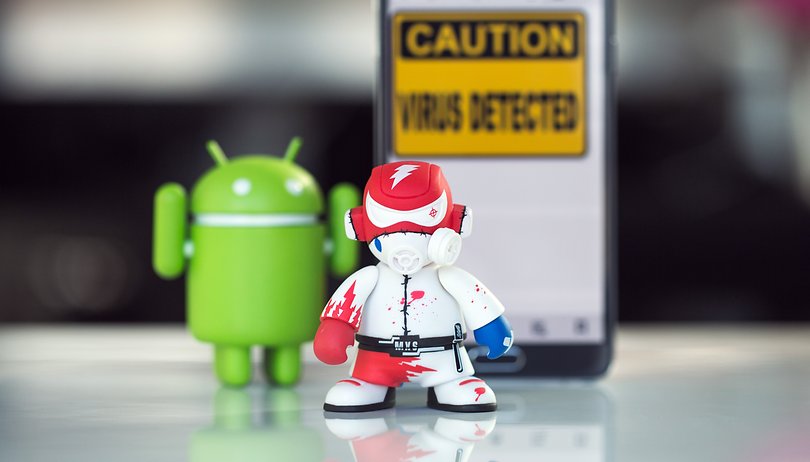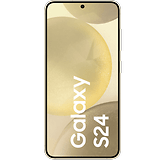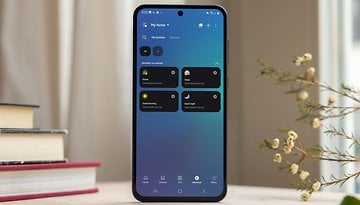Google Play Store Fraud: Beware of Such Apps!


Most apps that are available on the Google Play Store serve their purpose, although not everything is what it seems to be. Some applications were developed with ill-intention behind, and these tend to belong to one of two categories: viruses and malware.
Most smartphones typically have dozens, if not hundreds, of installed apps. While many of these apps are unnecessary, they are readily available on Google's Play Store. The ease of downloading apps with just a few clicks can lead to accidental downloads of malware and viruses disguised as legitimate apps. These malicious apps can quickly drain your bank account, so it's essential to exercise caution when downloading new apps.
Hidden Viruses: Caution is advised here
Security researchers from Zscaler ThreatLabz have divided the apps in the Play Store into eight different categories: "Entertainment," "Health & Fitness," "Art & Design," "Productivity," "Personalization," "Tools," "Communication," and "Photography." The bad news is, all these categories do contain malware. Users are generally not safe when mucking around the Play Store.
- Also read: Delete these 7 malware apps now!
However, nearly 60 percent of the infected apps are concentrated in two categories, making the remaining half dozen categories relatively safe: "Personalization" at 20.2 percent and "Tools" at 39.4 percent.
What does this mean for users? They should be especially vigilant for fraudulent apps in these two categories. We recommend selecting programs that have many installations and legitimate positive reviews. Of course, this does not mean that all apps with just a few downloads and poor reviews are malware, but it's better to err on the side of caution.
For this reason, interested users should not only pay attention to the app ratings, but also read comments and reviews before installing an app. Infected apps are normally half-baked, and this can be reflected in the reviews.
Similarly, unusual battery and data usage, as well as unnecessary use of other features might indicate the presence of malware. Unusual permission requests should be a red flag, such as a flashlight app having no business accessing the contact list or a barcode scanner that does more than what it's supposed to.
What does malware do on smartphones?
Long gone are the days when internet users stored their most important data on their computers. Contacts, sensitive messages, banking information, and far more can be found primarily on smartphones. Countless access data, such as for Amazon, PayPal, or social networks, are also stored there.
Not forgetting the sensitive images and videos that cybercriminals can leverage on to blackmail smartphone owners, which are found in abundance in the storage of mobile devices. However, these are not necessarily required by cybercriminals.
Some malware can even activate the cameras of infected devices and capture new images at their leisure. The dangers for users are very real and diverse, and we haven't even mentioned crypto-mining, adware, and involuntary subscriptions yet.
Were you ever a victim of a malware or virus on your smartphone? What did you do to escape from this trap?



















